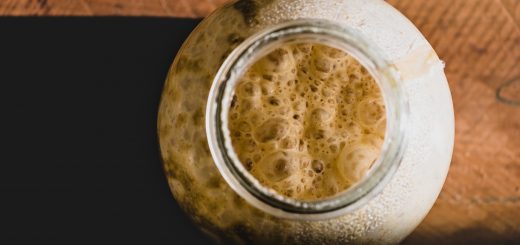Pigments in flowers

Author(s): Octavian Horia Minda
Summary
Are all red flowers the same? Students will investigate if the pigments from one red flower are the same as another red flower. How can a flower’s pigments help attract pollinators such as honeybees, butterflies or hummingbirds?
| Subject | Green Biotechnology |
| Topic | Biotechnology |
| Age of students | 8-11 |
| Preparation time | 30Minutes |
| Teaching time | 45Minutes |
| Online teaching material (links for online material) | |
| Offline teaching material | Thick paper towelsScissorsPencilRulerJar, drinking glass or mugMeasuring cup70 percent rubbing alcoholWaterLarge-mouth glass jarLarge red flower petals (try to get at least 2 flower petals from at least three different plants). Or try to get similarly colored flowers such as purple or orangeScratch paperCoinTimer |
Aim of the lesson
By the end of this lesson students will:
1) be able to determine if the pigments are the same in multiple different types of red flowers.
Activities
Describe here in detail all the activities during the lesson and the time they require. Remember, that your lesson plan needs to revolve around the topic of bioeconomy.
| Name of activity | Procedure | Time |
| Introduction | Discuss about pigments (human, animals, flowers) | 5 min |
| Experiment | Cut the paper towels into strips that are one inch wide. Make each strip the same height as your large-mouth glass jar. Cut at least one strip for each type of flower. Draw a pencil line one inch from the bottom end of each paper strip. At the other end of each paper strip, use a pencil to label which flower will be spotted on the strip. In a clean jar, drinking glass or mug, mix ¼ cup of water with ¼ cup of rubbing alcohol. Pour a small amount of the mixture into the large-mouth glass jar, a little less than 1 inch deep. Place a piece of scratch paper on a hard, flat surface. Some pigments may stain so make sure this is a protected surface. Put one of the paper towel strips on top of the piece of scratch paper. Lay a flower petal on the paper strip over the line you drew. Roll a coin on its edge like a wheel over the petal and across the pencil line. Push down hard so the petal is crushed and a strip of the pigment is visibly transferred to the paper towel strip. Repeat this 3-4 times using a fresh part of the petal each time so a thick line of pigment is transferred to the pencil line. Record observations of how the pigment looks. Tape the strip to the pencil so that when the pencil is laid horizontally across the top of the glass jar, the strip hangs straight into the jar and the bottom edge of the strip is just barely immersed in the rubbing alcohol mixture. The pigment line should not be immersed in the liquid. Lay the pencil across the top of the large-mouth glass jar and let the liquid rise up the paper towel strip until the liquid is about an inch from the top of the strip. Remove the strip. Record what happened to the pigment on the strips. Allow the strip to dry out. Follow steps #5-9 for the other types of flower petals. Look at all the finished paper towel strips. If you see the same colored band around the same height on different paper strips, it is likely the same pigment. Do any of the flowers have more than one pigment? | 35min |
| Do this experiment with purple, orange, or other dark-colored flower petal or leaves. Compare your results. | X min | |
| feedback | Compare the results. | 5min |
| Xmin | ||
| Xmin |
Assessment
Do you think these flowers have the same type of pigments? Explain your answer.





